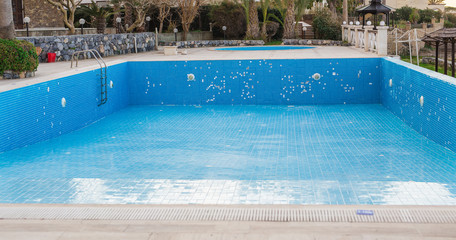If you have suffered from water damage, the first step is to clean and disinfect the affected area. For small leaks, removing the wet materials may be easy. Using fans to circulate the air is helpful. Large-capacity dehumidifiers help dry out the affected area. Decorative items such as artwork should be removed from the area as well. The next step is to get rid of mold and fungi.

Professional restoration services use the latest methods for removing water and restoring properties. They use dehumidifiers and ozone generators to remove excess moisture from affected areas. You can also take steps to prevent further water damage by installing additional ventilation. Additionally, choose paints and drywall resistant to water damage and mold. A professional restoration service will be able to recommend the right equipment for the job. Once the water damage cleanup is completed, you can begin the process of rebuilding your home.
The costs associated with water damage restoration will vary greatly depending on the affected area. Damage to floors, subfloors, and wall coverings are the most common areas that suffer water damage. You’ll want to determine the exact costs before hiring a restoration service. Make sure to get several quotes from various companies so you can compare the costs. Consider the size of your property and your budget. A large business may require a larger budget than a small home. If you need more guidance or assistance, a professional water damage restoration service can provide you with your answers.
Blackwater can be dangerous and contain sewage and other contaminants. In addition to the water damage caused by sewage, it can also result from floods and leaky pipes. This type of water is often contaminated with fungus and bacteria. A professional restoration service is essential. The water damage restoration process should be as quick and efficient as possible so you can minimize the amount of money you spend on repairs. However, remember to protect yourself from harmful mold and bacteria by wearing safety gear.
Once you have evaluated the extent of water damage in your home, contact your insurance company for assistance. The insurance company will send a claims adjuster to evaluate the damage and assess the costs of repairs. If you can’t afford to repair the damage, you may want to consider reducing your offer price to make room for repairs. This is a good idea, as it gives you extra wiggle room in case a contractor cannot do the job properly.
Clean water poses less of a health hazard, but it can still cause structural damage and be a biohazard. A water-damaged property can become unsafe within hours or days. Wood floors may rot, the drywall may bulge, and metal surfaces can tarnish and rust. This is bad for the aesthetics of your home, but it can also be a liability issue. Contact a reputable water damage company immediately if you need help with water damage.
In addition to identifying the level of damage, you can ask for an estimate based on the damage class. Class 1 damage is relatively minor, while Class 4 damage is more extensive and requires specialized removal techniques. Regardless of the damage severity level, you should seek out a licensed restoration company experienced in Class 1 and Class 2 water damage. A certified restoration specialist will also be able to give you an estimate of the costs for clean-up and repair.
In addition to visible signs of water damage, you should look for dripping sounds, pools of water, and cracked drywall. It may also be the cause of puddles that come back. Lastly, check the condition of visible piping. The water may have leaked into the air and caused damage if it is rusty. Call a water damage restoration company to inspect your property and fix it if you don’t know.
The types of water damage covered by insurance policies depend on the source, timeframe, and amount of water. Most policies cover minor leaks, but major water damage is not always covered. If the damage occurred suddenly, such as a burst pipe, you may qualify for full coverage if you can prove that the water results from careless maintenance or preventative measures. However, there are many ways water can ruin your property without you knowing about it.
